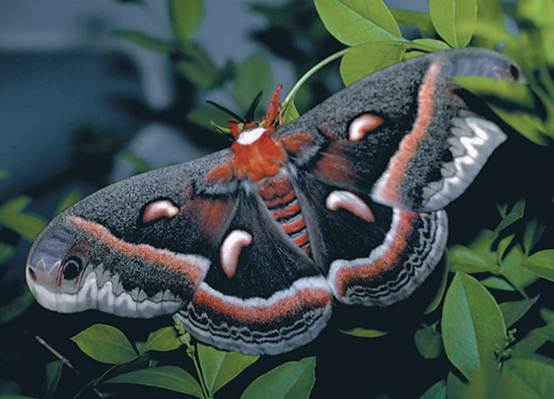


 النبات
النبات
 الحيوان
الحيوان
 الأحياء المجهرية
الأحياء المجهرية
 علم الأمراض
علم الأمراض
 التقانة الإحيائية
التقانة الإحيائية
 التقنية الحيوية المكروبية
التقنية الحيوية المكروبية
 التقنية الحياتية النانوية
التقنية الحياتية النانوية
 علم الأجنة
علم الأجنة
 الأحياء الجزيئي
الأحياء الجزيئي
 علم وظائف الأعضاء
علم وظائف الأعضاء
 الغدد
الغدد
 المضادات الحيوية
المضادات الحيوية|
Read More
Date: 19-10-2015
Date: 20-10-2015
Date: 9-10-2015
|
Pheromone
Pheremones are chemical signals released by an organism that influence the behavior of another. Communication between living cells is often ultimately chemical in nature. Chemical substances produced by one cell travel to another cell where they bind to protein receptors in the cell membrane or within the interior of the cell and initiate a series of signal transduction mechanisms that elicit a response. Chemicals that travel within an organism between cells of its own body are variously termed paracrines, neurotransmitters, neuromodulators, or hormones. Pheromones are chemicals that are carried between individual organisms of the same species.

Female Cecropia moths broadcast a pheromone that serves as an attractant for flying males
The response of the receiving organism is usually a change in its physiology or behavior.
Pheromones are often involved in the mating behavior between males and females in which the chemical serves as an attractant for one of the sexes. Following emergence from the cocoon, female Cecropia moths crawl a short distance away and broadcast a pheromone early in the morning that serves as an attractant for flying males. Males have olfactory (“smell”) receptors on their antennae and they fly upwind and orient themselves to equalize the signals received by the two antennae. In this way, they can locate a virgin female from several miles away. Females of closely related species may use the same or a similar chemical but broadcast it at different times of the day. Males are genetically programmed to respond only at the appropriate time.
The female nearly always produces pheromones that serve as sex at- tractants, but males may produce pheromones that serve as aphrodisiacs. Mantispids are small predaceous insects that resemble miniature praying mantids. Courtship behavior is elaborate because the male must convince the female that he is a potential mate rather than an easy meal. The male produces a sweet musklike substance from his abdomen that helps to appease the female and reduce her predatory instincts.
Pheromones may be involved in mating even when the organisms do not actually meet. Many marine creatures such as sea urchins and oysters release eggs and sperm in the water in a process called spawning. Pheromones in these secretions will induce other members of the same species to simultaneously release their eggs or sperm, thereby increasing the likelihood that external fertilization will occur.
The preceding examples have involved pheromones carried in the air or water, but direct contact between the receiving organism and the pheromone must sometimes occur. Ants finding a source of food will lay down a trail with a secretion from their Dufour’s gland by touching their abdomen to the ground as they return to the colony. Foragers leaving the colony can follow the pheromone trail back to the food source.
Sometime a pheromone can be “decoded” by another species and used against the animal that normally responds to it. The bolas spider twirls a silken thread tipped with a glob of sticky silk that it throws at insect prey to entrap them. The strand is coated with the same pheromone produced by certain female moths to attract males of their own species. When the amorous moths fly to the spider expecting to mate, they are instead captured and eaten.
References
Chapman, Reginald F. The Insects: Structure and Function, 4th ed. Cambridge: Cambridge University Press, 1998.
Sumich, James L. An Introduction to the Biology of Marine Life. Dubuque, IA: William C. Brown, 1996.
Wilson, E. O. The Insect Societies. Cambridge, MA: Belknap Press, 1971.



|
|
|
|
التوتر والسرطان.. علماء يحذرون من "صلة خطيرة"
|
|
|
|
|
|
|
مرآة السيارة: مدى دقة عكسها للصورة الصحيحة
|
|
|
|
|
|
|
نحو شراكة وطنية متكاملة.. الأمين العام للعتبة الحسينية يبحث مع وكيل وزارة الخارجية آفاق التعاون المؤسسي
|
|
|